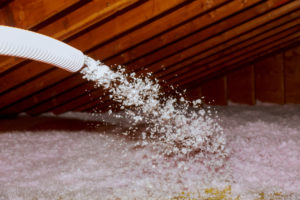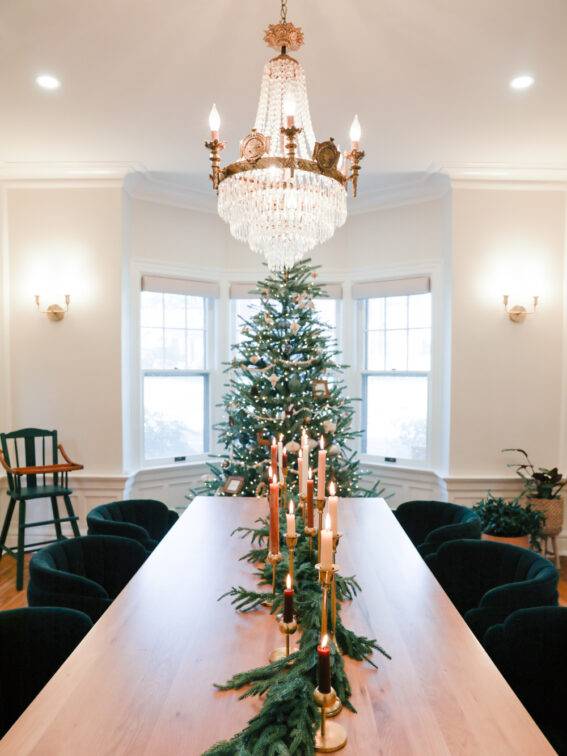This Is the Best Type Of Insulation for Your Attic

Insulation is a important element of any building’s development. It enhances indoor comfort, boosts energy effectiveness, and provides audio dampening. If your household is underneath-insulated, you could possibly have trouble keeping each individual place comfy, pay back extra than essential for heating and cooling, and resent your noisy community.
The most straightforward place to include insulation to an present household is the attic. No matter whether the place is concluded or unfinished, Northern Virginia owners can profit enormously from retrofitting or reinsulating their attic insulation. But which type of insulation is very best?
Rewards of Blown-In Fiberglass Insulation
Offered in many measurements and thicknesses, fiberglass insulation can healthy attics, walls, garages, and crawl areas. Blown-in fiberglass is the most successful choice for filling challenging-to-arrive at spaces, edges, corners, and framing barriers.
Positive aspects of blown-in fiberglass consist of:
- Strength performance
- Affordability
- Fireplace resistance
- Straightforward installation
- Sounds reduction
- Eco-friendliness
Blown-In Fiberglass In contrast to Similar Insulation Elements
The most effective option for several Northern Virginia residences is blown-in insulation, also recognised as free-fill. Your installer will blow chunks of fiberglass into put applying a fireplace hose-like machine.
Blown-in fiberglass is the very best way to increase power efficiency as it fills each individual nook and cranny and covers the attic ground joists to stop heat from passing by the wooden.
Spray Foam Insulation
Spray foam is a form of insulation that slows the transfer of warmth, air, and humidity. It sticks to the surface where it is applied, increasing and hardening into a long-lasting set up.
Spray foam could be a feasible selection if your attic serves as a residing room or your ductwork operates as a result of the attic. In any other case, the cost of spray foam, which is 3 to 4 times better than fiberglass, may well not be really worth it.
Fiberglass Batt Insulation
Fiberglass batts are produced of the same content as blown-in fiberglass but in pre-reduce, flat pieces. It is the default insulation solution in several attics but is only productive if the areas they fill are rectangles of common dimensions.
Failure to fill the cavity entirely success in less powerful insulation, strength squander, and higher utility expenditures.
How Considerably Insulation Does Your Attic Want?
Possessing some insulation is much better than none, but quite a few Northern Virginia residences are below-insulated. Peek by the attic hatch and evaluate your insulation stages. If you evaluate only 3 to 4 inches of insulation or see the flooring joists poking through, it is time to reinsulate.
Attic Insulation R-Values
R-values evaluate a material’s ability to sluggish heat transfer, with bigger ratings indicating better performance. The R-worth proposed for attics in Northern Virginia is R-38 to R-60.
Blown-in fiberglass insulation provides about R-2.5 per inch, depending on the brand name and item mounted. You’ll need about 15 to 24 inches of attic insulation to increase the added benefits.
Choose Past Exteriors for Attic Insulation Set up in Northern Virginia
The staff at Past Exteriors can expertly insulate your attic with formaldehyde-no cost blown-in fiberglass insulation.
When you opt for us to insulate your attic, you’ll do the job with experienced, knowledgeable installers. Relaxation certain that we prioritize buyer pleasure over all else, with absolutely free, upfront estimates and transparent interaction to ensure we meet up with your desires.
When we’re finished, you’ll reap the added benefits of improved home consolation, reduce strength charges, and a quieter inside.
To request a absolutely free attic insulation estimate, simply call (703) 830-0863 or get in touch with Beyond Exteriors on-line now. We have proudly served Northern Virginia property owners since 2010.







